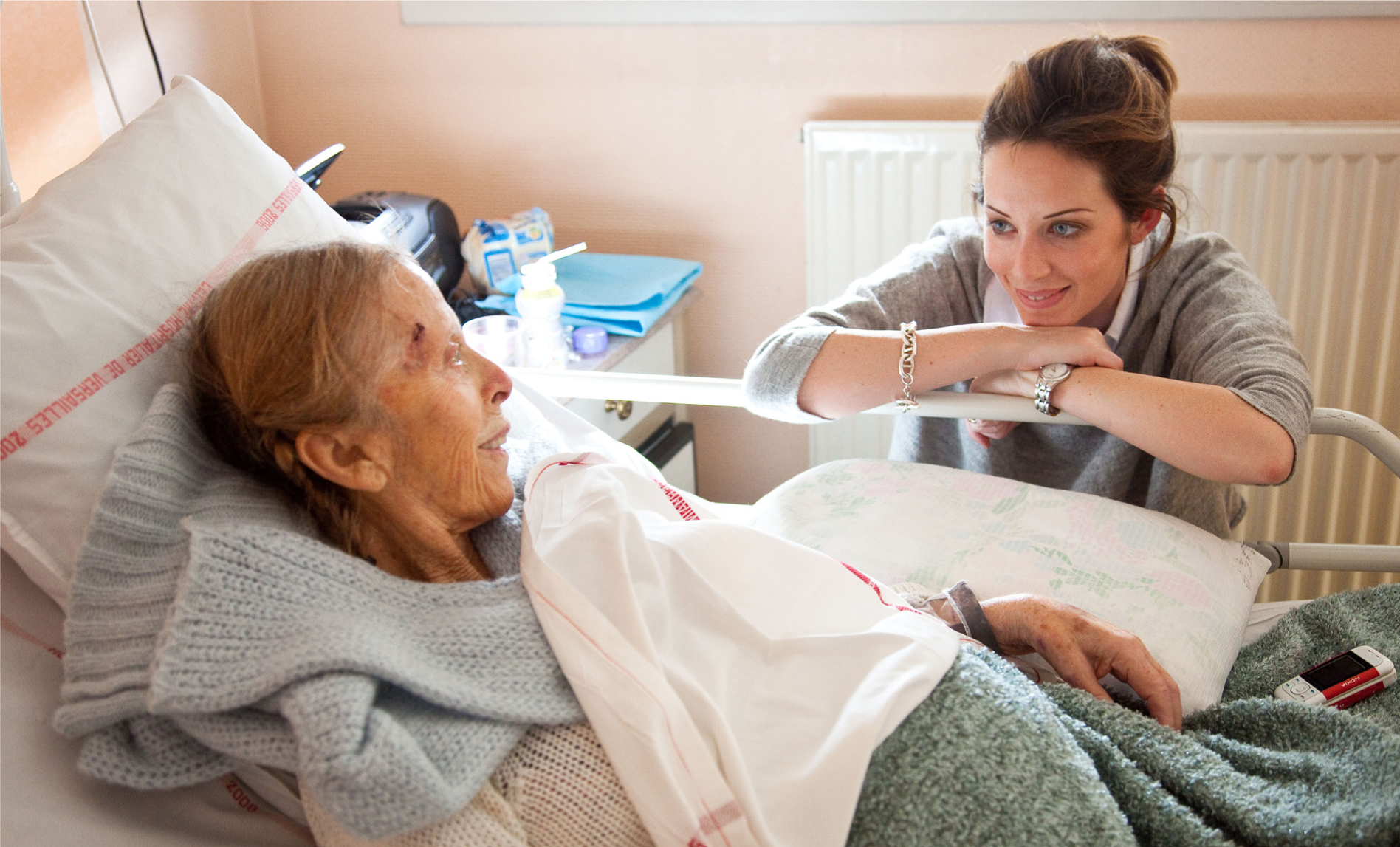
Historically, death was a family affair, taking place at home surrounded by family and friends. This included children and extended family. Today, death and dying as processes we all go through remain largely the same, but the world around them has changed. For example, the COVID-19 pandemic transformed death. The volume of deaths witnessed simultaneously was unnusual, as was relatives and friends being prevented from attending the dying because of social distancing restrictions.
COVID-19 forced the dismantling of family support of the dying person, and with that, disrupted the emotional closeness often necessary for strengthening or developing affectionate bonds. Dying surrounded by family and friends provided an opportunity for all to say goodbye, and at times for the dying to issue a few instructions to be carried out when they had departed. Arguably, this could still have happened virtually, but being physically close to someone cannot be recreated.
Outsourcing dying
The pandemic has pushed death rituals to resemble what happened with industrialisation where death was, in most families, removed from the home set up to institutions where strangers cared for the dying person. The pandemic did not only remove death from the family home, but it stopped families visiting the dying loved ones while in hospices and hospitals. The writings of Aries (1974) suggested that Western attitudes toward death became well-defined during this period with a common one being the denial of death.
However, what was most significant for those in palliative care today, was that death became less familiar to families and particularly young children. For example, hospitals became the common place for death with the patient being cared for by doctors and nurses (seen as strangers) and taking on responsibility that once belonged to the family. Family members were allowed to come and visit the patient between set times, with two persons often being the maximum for each visit. This is still evident in some institutions today, but the pandemic created physical distance and prevented families from visiting altogether. The emotional damage from this has yet to be understood.
Dying in the 21st century was characterised by most patients preferring to be cared for and to die at home. The transformation of death because of COVID-19, and the complex symptoms that were associated with the disease, meant home was no longer the preferred place, and institutions are seen as having the medical expertise and equipment to treat these symptoms. While it was often argued that dying at home had financially driven savings for the incumbent government, with the advent of COVID-19, the Government encouraged people to go into hospital (not care homes) and even built special hospitals just for COVID-19-related admissions. During this period, it was imperative that healthcare professionals all worked to meet the needs of the patients affected by the virus.
Medical advances may have played a significant role in controlling the symptoms but may have also raised unrealistic expectations about what is achievable in saving lives. It is inevitable that we expect to live longer and have diseases cured. Medical advances are not the problem, but it is how we use them and what perceptions we create about future possibilities. It is often claimed that dying is over-medicalised and this comes from the choices people make when faced with illness or disease. People hope to be fixed or cured, only to discover in many cases that treatment was futile. In this case, a plausible argument is that the availability of medical advances may have acted as a catalyst in us creating a distorted reality, believing that we can somehow cheat death and continue living.
Helping to maintain social dying
COVID-19 also challenged the notion of social death. In social death, the patient may be the only one dying, but their dying is negotiated among family members and close friends. Although people tend to say that they respect the patient's wishes and decisions, these often become collective social preferences and choices of the family. The point is that the transformation of death during COVID-19 restricted such negotiations and collective social dying. The impact of this has yet to be captured.
Evidence from Gomez et al (2011) suggested that where family members have not shared the patient's preference, dying at home has not been achieved. This was true of COVID-19-related dying, when people had no choice but to die away from their homes by themselves.
Dying in today's post-pandemic world puts different demands and expectations on us. For community nurses, palliative care can be a privilege to get even closer to patients, their families and prevailing emotions to help understand their needs as they die. The needs may be around their children and spouse, and healthcare professionals can support them to achieve these in a realistic way. Palliative care will now encounter patients and families with COVID-19-related death experiences, and it is the role of the healthcare professional to try and support them to re-align their situation with reality. Palliative care helps us to remain focussed on the need to enhance quality of life and achieve a dignified death.


